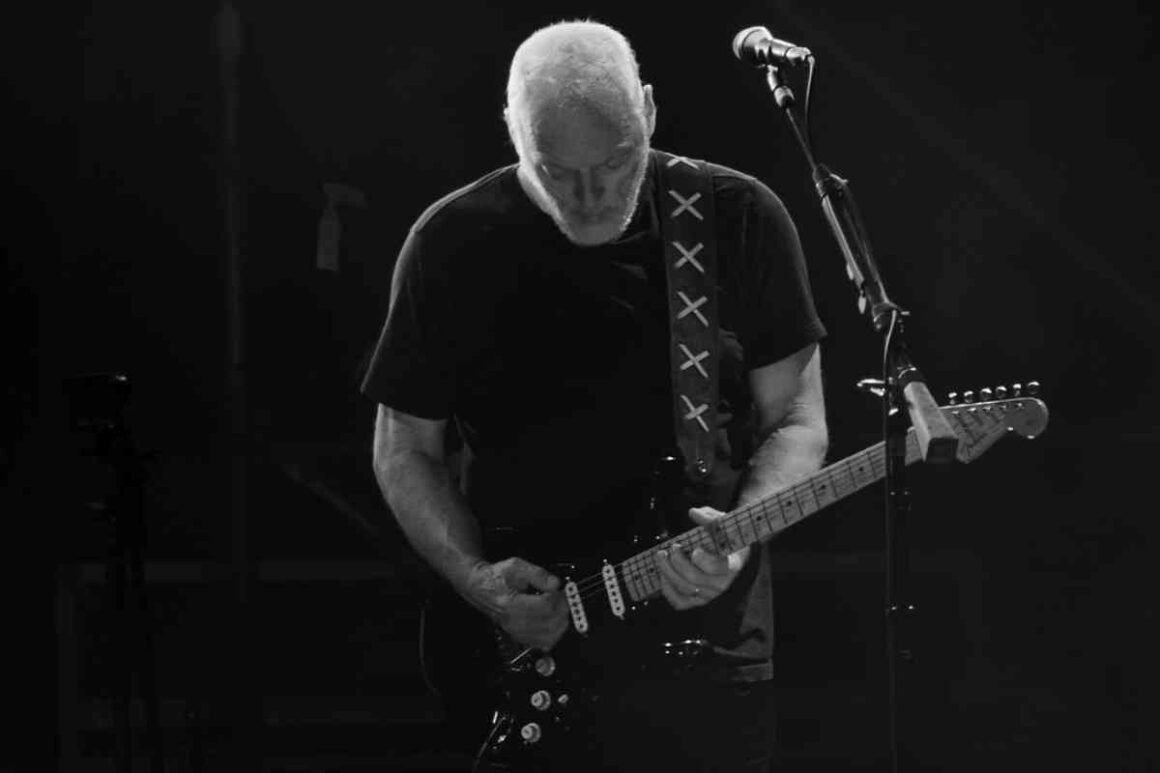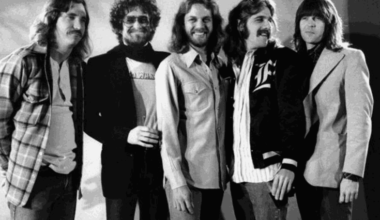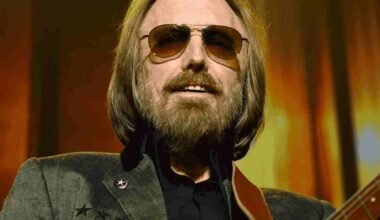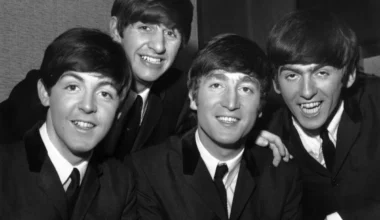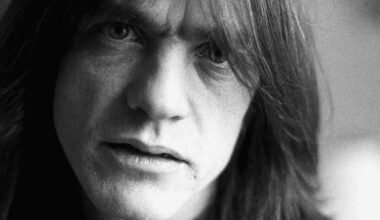When Pink Floyd’s David Gilmour was once voted the greatest Fender guitarist of all time—beating legends like Eric Clapton and Jimi Hendrix—he didn’t exactly let it go to his head. His response was as grounded as you’d expect: “Best ever Fender player will come around again, and it will be Eric or Jimi or someone. You can’t believe that stuff. Much as I’d love to believe I’m the best ever Fender guitar player, it just doesn’t really make sense.”
That answer sums up Gilmour’s entire persona. Despite decades in the spotlight, he’s never been one to bask in the glory, and he’s always quick to acknowledge the guitarists who shaped his sound. So, who were the musicians that inspired one of rock’s most revered players? Let’s take a look at the guitarists David Gilmour himself has credited as his favorites.
“When You Start Out, You Copy”
Gilmour has always been open about learning by imitation. “Trying to be too original when you’re too young is possibly not the best thing,” he once told Uncut. “But I learned copying Pete Seeger, Lead Belly, Jeff Beck, Eric Clapton, Jimi Hendrix. All sorts of people.”
Like many young musicians, Gilmour wasn’t classically trained—he couldn’t read music and never took lessons. Instead, he relied on Pete Seeger’s classic guitar manual, using its images to teach himself the basics. As his skills developed, so did his list of influences.
Clapton, Hendrix, and the London Blues Scene
By the time Gilmour joined Pink Floyd in 1968, replacing an increasingly unwell Syd Barrett, he had already been shaped by two of the era’s greatest guitarists: Eric Clapton and Jimi Hendrix. Clapton’s work with Cream was an early inspiration, but it was Hendrix’s arrival on the London scene that changed everything.
“When Hendrix and Clapton played together at Regent St Polytechnic, the whole music scene lit up,” Gilmour recalled. The sheer intensity of Hendrix’s playing pushed boundaries in a way that even influenced Pink Floyd’s own sonic explorations. However, not everyone thought it was a good thing—Keith Richards once suggested that Hendrix’s style may have even been a detriment to Gilmour’s development.
The Rock ‘n’ Roll Foundations: Chuck Berry and Hank Marvin
Chuck Berry’s influence is impossible to ignore when discussing rock’s greatest guitarists, and Gilmour was no exception. He once noted, “I think the same sources are there that have always been there at the heart of everything I do.” Berry’s raw energy and innovative licks were a key part of Gilmour’s early development.
Hank Marvin of The Shadows was another essential influence. “The British public loved him,” Gilmour said, acknowledging Marvin’s clean, tremolo-infused sound as a major inspiration.
The Beatles’ Magic: George Harrison
It’s no secret that Gilmour adored The Beatles—he even admitted, “I really wish I had been in The Beatles.” He went on to say, “[They] taught me how to play guitar; I learnt everything. The bass parts, the lead, the rhythm, everything.”
While his friendship with Paul McCartney has been well-documented, it was George Harrison’s guitar work that initially drew him in. Harrison’s subtle, melodic playing left an undeniable mark on Gilmour’s approach to the instrument.
The Guitarist’s Guitarist: Jeff Beck
Another name high on Gilmour’s list is Jeff Beck. As a key player in The Yardbirds, Beck was at the forefront of London’s electric blues explosion. His innovative style, blending blues with an almost futuristic edge, captivated a young Gilmour and helped shape his own playing.
Folk and Blues Masters: Pete Seeger, Lead Belly, and John Fahey
Gilmour’s influences weren’t limited to rock and blues—folk legends also played a significant role in his development. Pete Seeger and Lead Belly introduced him to fingerpicking and storytelling through guitar. Meanwhile, John Fahey’s intricate acoustic work added a new dimension to Gilmour’s understanding of melody and technique.
The Innovators: Joni Mitchell and Roy Buchanan
Joni Mitchell isn’t often mentioned in conversations about guitar greats, but Gilmour has long admired her inventive tunings and approach to songwriting. Similarly, Roy Buchanan, a Telecaster master, influenced Gilmour’s ability to squeeze emotion from every note.
The Most Personal Influence: Syd Barrett
Arguably the biggest influence on Gilmour was the man he replaced in Pink Floyd—his longtime friend, Syd Barrett. The two had been jamming together since 1965, busking across Europe with their guitars. Barrett’s experimental approach and unique vibrato techniques left a lasting imprint on Gilmour’s style.
While Gilmour was initially brought into Floyd to support Barrett, it soon became clear that Barrett wasn’t coming back. Taking over as the band’s lead guitarist was a defining moment in Gilmour’s career, but he never forgot the impact Barrett had on him as a musician.
“Nobody Comes Close to David Gilmour”
Despite all of these influences, Gilmour’s sound remains unmistakably his own. As he once put it, “So many players inspired me. I learned from Pete Seeger, Hank Marvin, Lead Belly, Joni Mitchell, John Fahey, Roy Buchanan, Jeff [Beck] and Eric [Clapton] and dozens more. I copied—don’t be afraid to copy—and eventually something that I suppose that I would call my own appeared.”
Above all, Gilmour has always used the guitar as his ultimate form of expression. He once admitted, “I have moments of huge frustration because of my inability to express myself linguistically as clearly as I would like to.” But when it comes to his legendary solos—like the one on Comfortably Numb—he doesn’t need words. His guitar says it all.
David Gilmour’s 12 Favorite Guitarists:
- Eric Clapton
- Jimi Hendrix
- Jeff Beck
- Chuck Berry
- George Harrison
- Joni Mitchell
- Hank Marvin
- Pete Seeger
- John Fahey
- Roy Buchanan
- Lead Belly
- Syd Barrett

